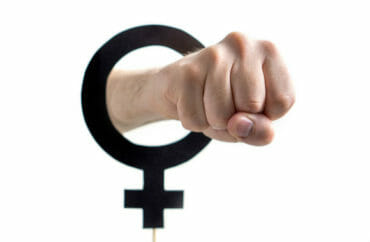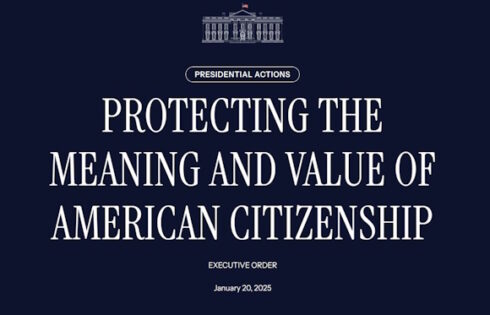
‘A relatively simple intervention in language can potentially mitigate gender bias’
If you tell students they’re biased against women in teaching evaluations, they’ll give higher ratings to women – at least at first.
That’s the conclusion of a study by Iowa State University professors, published in PLOS One last week.
They used Iowa State students as guinea pigs to determine if universities could goose the student ratings for certain professors by telling them that those professors are the victim of bias.
Students in four large introductory classes – for biology and American politics – were randomly given either standard or “treatment” evaluation forms at the end of the class. Men taught one section and women taught the other in each subject. The professors were all white.
Using nudge theory, David Peterson and his colleagues added two paragraphs to the treatment forms that some students received:
Student evaluations of teaching play an important role in the review of faculty. Your opinions influence the review of instructors that takes place every year. Iowa State University recognizes that student evaluations of teaching are often influenced by students’ unconscious and unintentional biases about the race and gender of the instructor. Women and instructors of color are systematically rated lower in their teaching evaluations than white men, even when there are no actual differences in the instruction or in what students have learned.
As you fill out the course evaluation please keep this in mind and make an effort to resist stereotypes about professors. Focus on your opinions about the content of the course (the assignments, the textbook, the in-class material) and not unrelated matters (the instructor’s appearance). [emphasis in original]
“Students in the anti-bias language condition had significantly higher rankings of female instructors than students in the standard treatment,” the researchers concluded. “These results indicate that a relatively simple intervention in language can potentially mitigate gender bias in student evaluation of teaching.”
The researchers did not find any differences between treatment groups for male instructors.
MORE: Teacher suspended for showing Fox News documentary in class
They claimed that “gender bias is approximately 0.50 points on a five-point scale” and it uniformly harms female instructors, who may even be judged more harshly on “objective assessments” such as how quickly they return grades to students.
The improvement for female instructors on the treatment forms nearly overcame this bias:
These effects were substantial in magnitude; as much as half a point on a five-point scale. Given the outsized role [student evaluations of teaching] play in the evaluation, hiring, and promotion of faculty the possibility of mitigating this amount of possible bias in evaluations is striking.
What the researchers can’t say with confidence is whether male or female students are more influenced by the treatment form. “The evidence suggests that male students are increasing their evaluation scores of female faculty, but this not a strong indicator,” and some students may have “overcompensated” in their rating of female instructors because of the treatment language.
They also warn that universities shouldn’t expect the same results if they broadly deploy anti-bias language to evaluations, because “students would be less likely to notice the language and its effects would lessen.”
Peterson was joined by his political science colleagues David Andersen and Tessa Ditonto, as well as Department of Natural Resource Ecology and Management’s Kevin Roe and Department of Ecology, Evolution, and Organismal Biology’s Lori Biederman.
h/t Inside Higher Ed
MORE: Study finds students of all races prefer nonwhite teachers
IMAGE: Tero Vesalainen/Shutterstock
Like The College Fix on Facebook / Follow us on Twitter





Please join the conversation about our stories on Facebook, Twitter, Instagram, Reddit, MeWe, Rumble, Gab, Minds and Gettr.